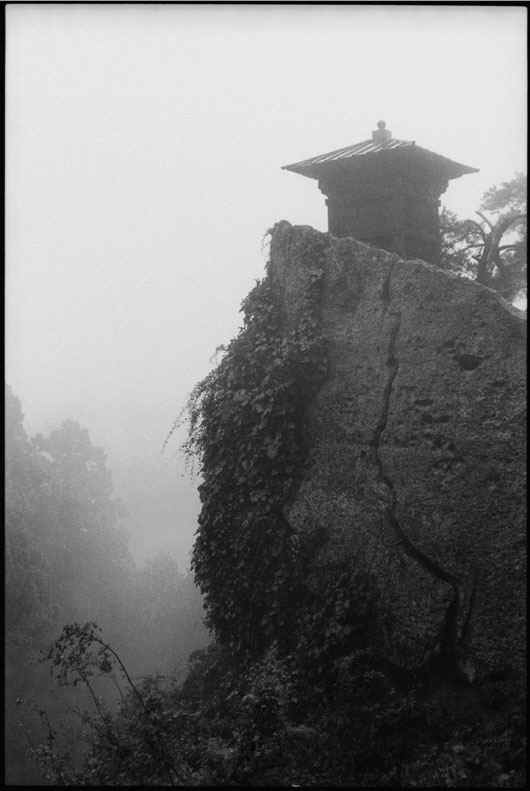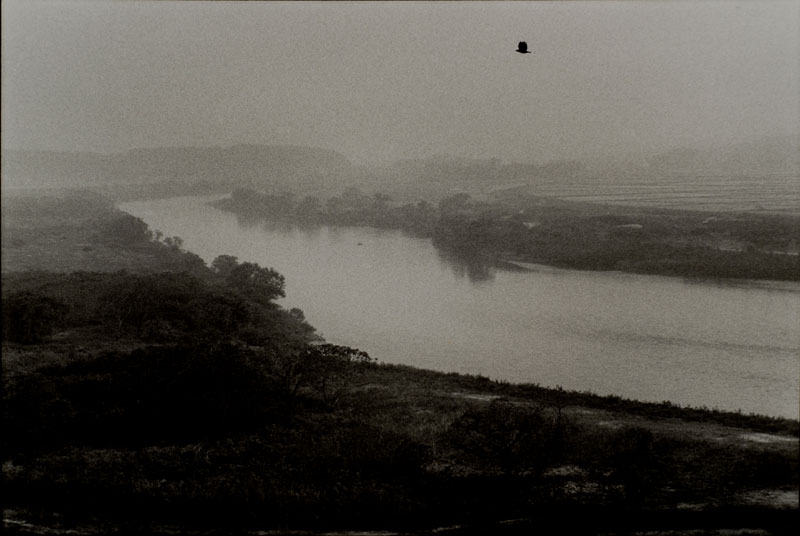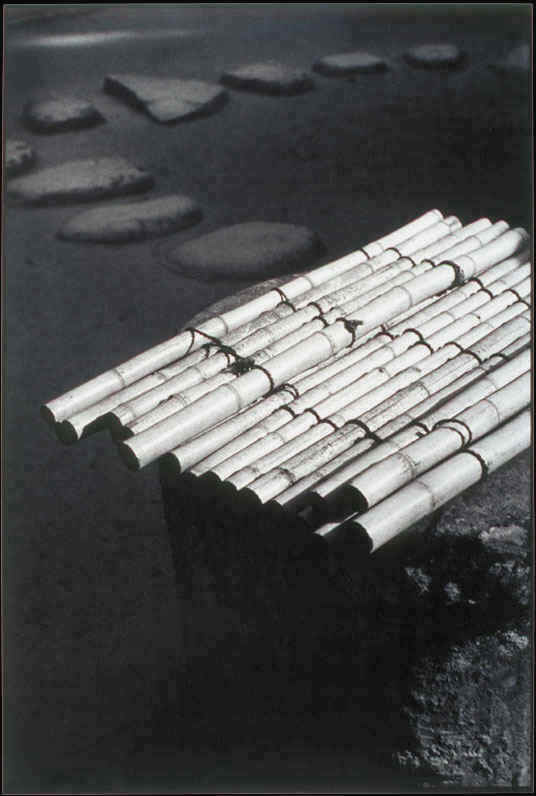Does one need to sit in order to meditate? No. Even within Zen there is 'walking meditation'. But it raises the question of what specifically is the point of sitting. And whether its goals could be achieved in another way, perhaps even more effectively. What are its goals? Undoubtedly there are many opinions here, but the most obvious thought is that its goal is enlightenment, and that enlightenment is achieved through quiet contemplation. But it would be of little value if it were just a eureka experience, a flash of insight, that then faded. And it would not be much more valuable if it lasted only as long as you kept sitting. That suggests that enlightenment must be adverbial, it must affect how we do things, and not just how we think about what we do. This opens up the question of how important it is to move through contemplation to broader kinds of doing. It might be useful for some, but also a potential distraction if one came to privilege sitting. Those (like Nietzsche) who would champion walking might argue that the rhythm of the body moving is the best way to integrate mind and body. Sitters would claim the same for attentive breathing. Either way the question remains as to how enlightenment translates into more cotedian practices. Two thoughts: if our practices are typically instrumental, it might be practically useful or necessary to step back from such shapes of engagement by disengagement - for example sitting. What phenomenologists would call an epoche. Bracketing out (Husserl) would be like letting go. But equally one could try doing things in a not-wholly-instrumental way more directly. Going for a walk, as opposed to walking to (the store). Or enjoying walking to the store. Or walking mindfully to the store.

I tried something of this today (which also bears on the question of wabi-sabi). Above Shambala is a putative 'zen garden', a circle of rocks bisected by a yin yang line (more rocks). The left side will focus on prickly pear (many plants naturally there), and the RHS planted with local stone crop. The soil needs to be poor and gravelly and I had some gravel dumped in the middle. It needed raking off the yin yang rocks onto both sides, exposing the rock faces again. I set to work with the rake, moving to a stiff corn broom to sweep the surfaces better. I had a goal - to make the yin yang line visible again, and to begin to distribute the pile of gravel evenly. But without trying I came to enjoy the process. Letting each stone emerge from its surrounding gravel was a mild form of midwifery. Brushing off the surface gravel felt like caring. Time did not quite stand still, but almost. I got to the point of not wanting it to stop, or thinking that if someone else wanted to help I would only reluctantly hand over the broom. I need a lot of help at Yellow Bird with things that can take on this tone.
Compare Tom Sawyer getting help whitewashing a fence by making it seem fun.
“What do you call work?”,“Why, ain’t that work?” Tom resumed his whitewashing, and answered carelessly: “Well, maybe it is, and maybe it ain’t. All I know, is, it suits Tom Sawyer.” “Oh come, now, you don’t mean to let on that you like it?”
The brush continued to move.“Like it? Well, I don’t see why I oughtn’t to like it. Does a boy get a chance to whitewash a fence every day?” That put the thing in a new light.
Ben [Rogers] stopped
nibbling his apple. Tom swept his brush daintily back and forth –
stepped back to note the effect – added a touch here and there –
criticised the effect again – Ben watching every move and getting more
and more interested, more and more absorbed. Presently he said: “Say, Tom, let me whitewash a little.” [Tom Sawyer]
Tom subsequently enlists Billy Fisher, and then Johnny Miller ...
Obviously Tom is a gifted amateur psychologist. But he did make painting a fence seem less like work, more something one could get absorbed in.
That happened to me with the rake and the brush. I thought I would see if I could extend the experience to sweeping the goat droppings, and rock fragments, from around Shambala (the cob meditation hut). I found myself enjoying the rhythm of my arm movements, the repetition (like windscreen wipers) moving across the pavement to cover the whole surface. I reflected that the nitrogen in the goat droppings would help the weeds at the edge grow even taller. I wondered if the goats would be attracted by the now clean surface to make more deposits than usual. I remembered that it was goat droppings that had re-fertilized the subsoil distributed on the fields surrounding the lake and pond after they were dug. I wondered if Yellow Bird 'novices' could be brought to treat this as a meditative practice. I was then reminded of the monks in Kyoto, tending their moss gardens, picking off at dawn leaves that that had floated from the trees overnight.
These thoughts could be treated as the kind of distraction that inhabits the unquiet mind. But they seemed to me then (and now), to be criss-crossing a space of engagement, filling out its meaning. They referenced cycles, circuits, analogies, the connections between animal and plant, the pleasure of clean surfaces, the power of ritual. Is this not mindfulness? Was it not a meditative practice? Deepening this practice would consist both in being able to move 'at will' into such an attitude, and allowing oneself to weave the connections and associations that we just began. Interestingly, it might turn out that the seeming opposition between instrumental action and delighted absorbed practice might itself fall away. Meditative cooking is not compromised by eating the resulting food! (How to compare the sitting down of thinking with sitting down for dinner?)
Finally, back to my wabi-sabi worries (last blog). Are the Kyoto monks who pick the stray leaf off their moss betraying the spirit of wabi-sabi in the name of an impossible perfection? Why not enjoy the leaf? Why do I sweep the gravel off the surface of the yin yang stone? Why do I keep sweeping it? Why do I want to mend things that are broken, water plants that are dry? Why not just celebrate the stray leaf, the messy gravel, the broken toy, the struggling plant? Hey - nothing is perfect, things come and go.
I am reminded of Negative Capability (Keats) - the ability (disposition) to live with uncertainty, unresolved issues. This is not to recommend blindness to contradiction, or lack of interest in any kind of clarity. Rather it says - at the end of the day, there may be issues you cannot resolve, for one reason or another. Learn to live with it. And so with wabi-sabi too - the implication is that not that we should never seek perfection or wholeness, but that there will still be flaws, and that these flaws are marks of singularity that deserve our respect. Perhaps beauty (for example) is not incomplete participation in a form, but the point in such a participation at which the thing itself rises above such dependency and asserts its own singularity. A beautiful woman (or man) is more beautiful for that final swerve away from the clinical ideal.















